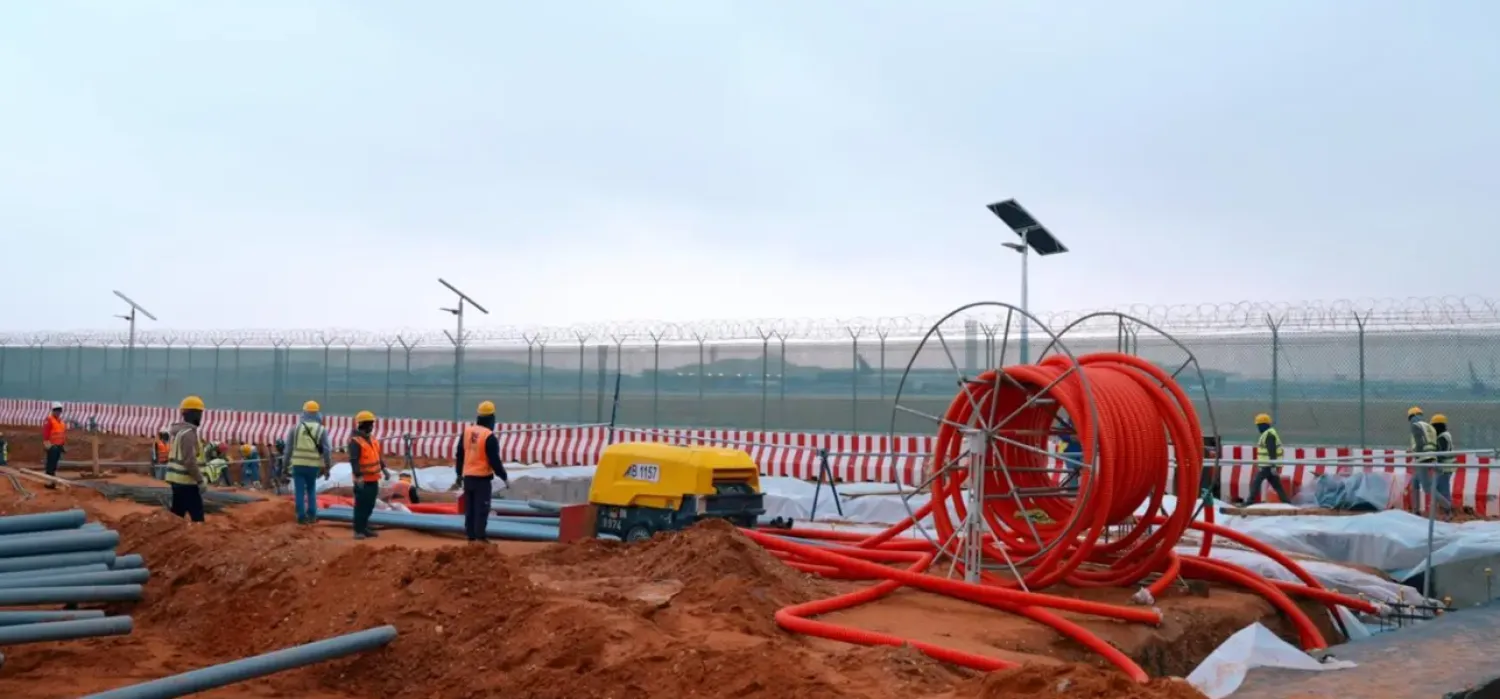As part of its efforts to attract more local and foreign investments, the Royal Commission for Jubail and Yanbu in Saudi Arabia has allocated approximately 15.1 square kilometers of industrial land in its cities, with an investment volume exceeding SAR 80 billion Saudi riyals ($21.6 billion).
This initiative aims to double its investment size by 2040, currently estimated at around a trillion riyals.
It is anticipated that these investments in primary, mining, and transformational industries will generate over 16,000 direct job opportunities.
Eng. Khaled Al-Salem, the Chairman of the Commission, stated to Asharq Al-Awsat that these lands were designated at the beginning of 2023.
He explained that the Commission offers a multitude of investment opportunities, including those in the Jubail Industrial City, which presents over 100 investment prospects totaling more than SAR 20 billion ($5.4 billion), as well as in the Jazan Basic and Transformational Industries City, providing around 10 investment opportunities amounting to SAR 1.5 billion ($400 million) in both industrial and commercial sectors.
Al-Salem added that the available investment capacity in the Yanbu Industrial City is projected to exceed SAR 20 billion by 2025 and surpass SAR 100 billion ($26.6 billion) by 2040.
Furthermore, the investment opportunities estimated for Ras Al Khair Mining Industries City also exceed SAR 20 billion.
Regarding the pursuit of increasing the overall investment volume, Al-Salem emphasized that the Commission places significant emphasis on leveraging its success factors and the attractiveness of its cities for investments.
It aims to establish a seamless investment journey, with the total investment size in its cities already surpassing a trillion riyals by the end of 2022 and targeting to double that figure by 2040 according to its strategic plan.
Furthermore, the Commission aims to empower entrepreneurs, offering them training, technical consultations, and suitable investment options through its Industrial Development Centers, such as “ready-made factories” with low capital costs, enabling them to embark on their entrepreneurial journey.
Al-Salem revealed that the Commission has registered 16 projects led by 9 female entrepreneurs, with their investments estimated at around SAR 40 million ($10.6 million) in the cities of Jubail and Yanbu.
Addressing expansion efforts, Al-Salem explained that the Commission has a comprehensive plan for each of its cities, outlining the targeted industrial sectors and the planned development of lands over the coming years within its jurisdiction.
This approach aims to attract and foster industrial investments that contribute to enhancing Saudi Arabia’s position in various fundamental and transformative industrial sectors, aligning with the Kingdom’s national industrial strategy.









